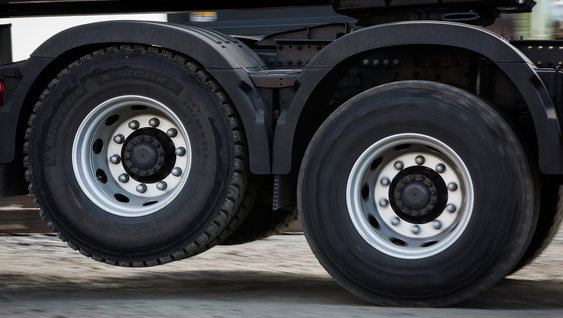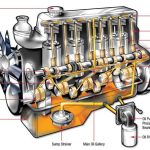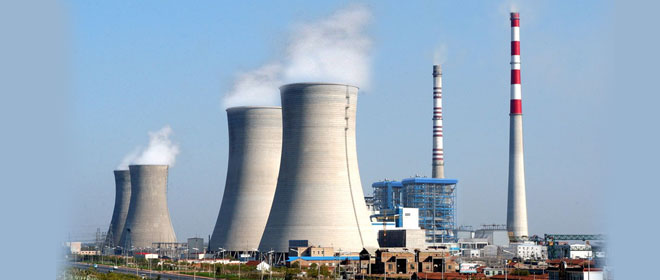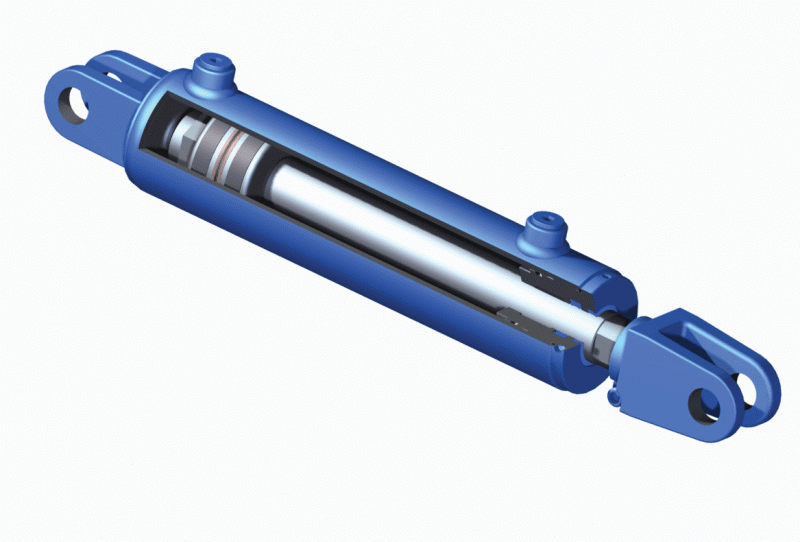Hydraulic power steering Is an auxiliary system that uses the engine power to change the angle of the wheel axis and thus change the direction of the #car by the hydraulic pressure provided by a hydraulic pump driven by the vehicle’s engine .
Hydraulic power steering advantages
It Consists of :
Hydraulic power steering work concept :
The hydraulic pump presses the hydraulic fluid into the pressure pipes connected to the rotary control valve ,

The rotary control valve consists of the internal valve unit that is connected to the steering wheel axis , and the external valve unit that are connected to the pinion-rack combination
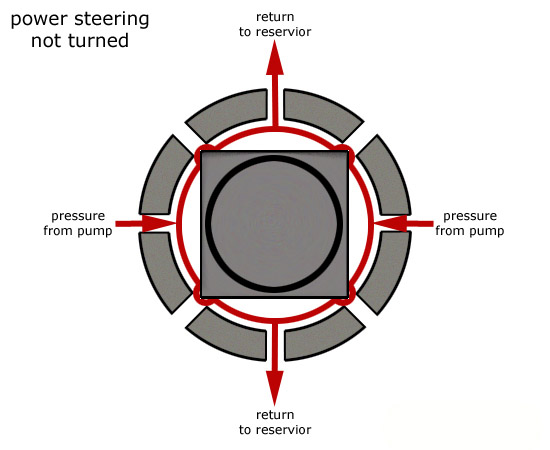
When the vehicle drives straight , the valves are opened to let the hydraulic fluid turn back to the reservoir

When the driver rotates the steering wheel to the right, the internal valve unit rotates, opening the hydraulic fluid channel towards the hydraulic cylinder
where the hydraulic pressure applied to its piston surface causing a force to the right and move the tie rod to the right, causing the angle of the wheel axis to shift to the right .
When the hydraulic cylinder piston moves, the connected rack moves turning the pinion , which is rotated with the same direction as the steering wheel. This pinion gear is connected to the external control valve at Its rotation closes the hydraulic fluid channel, causing the hydraulic cylinder to stop working at the position chosen by the driver .
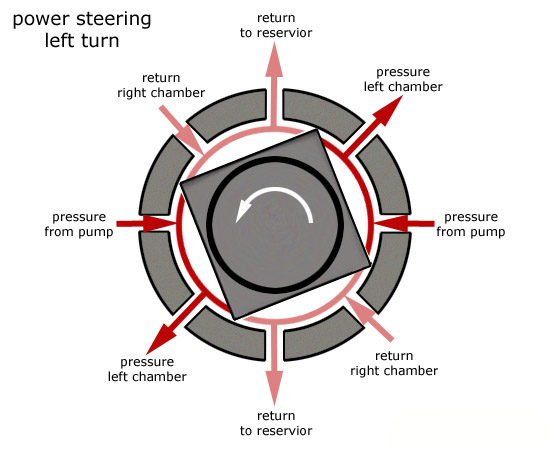
It is also when rotated to the left
